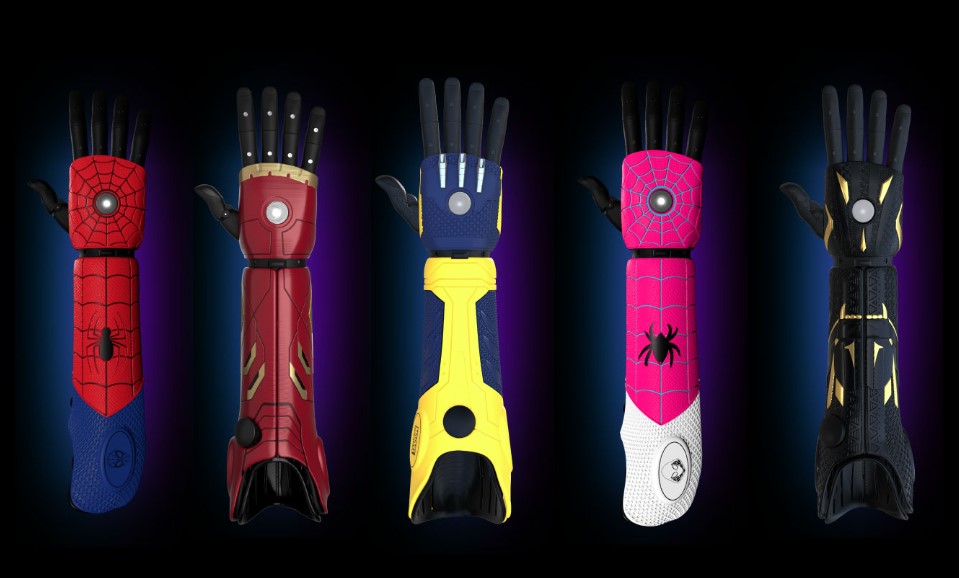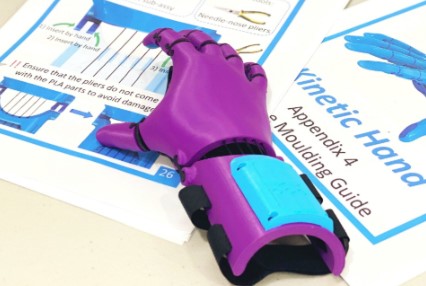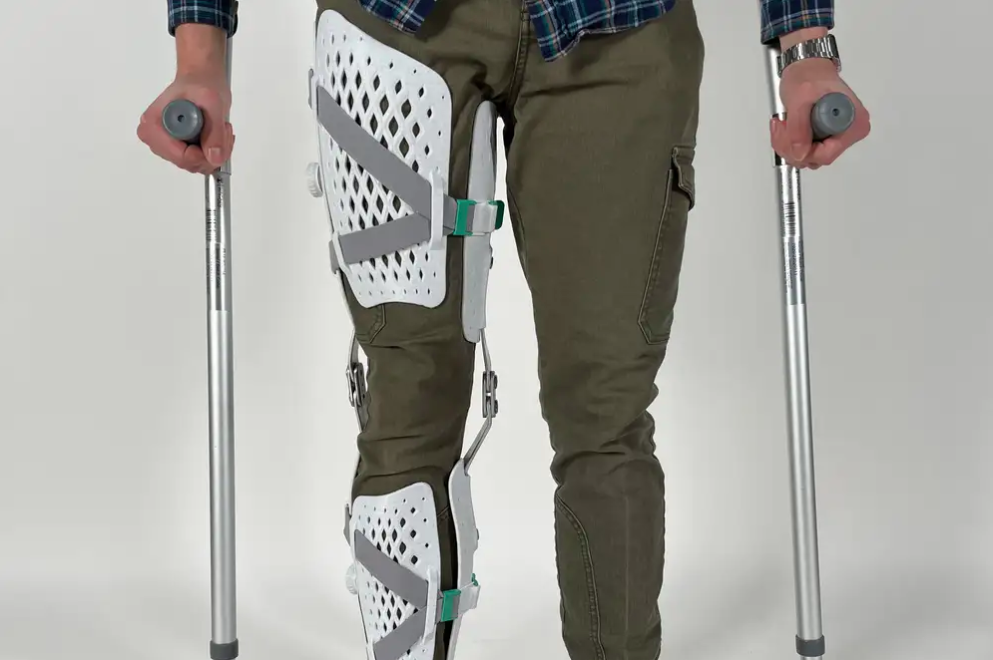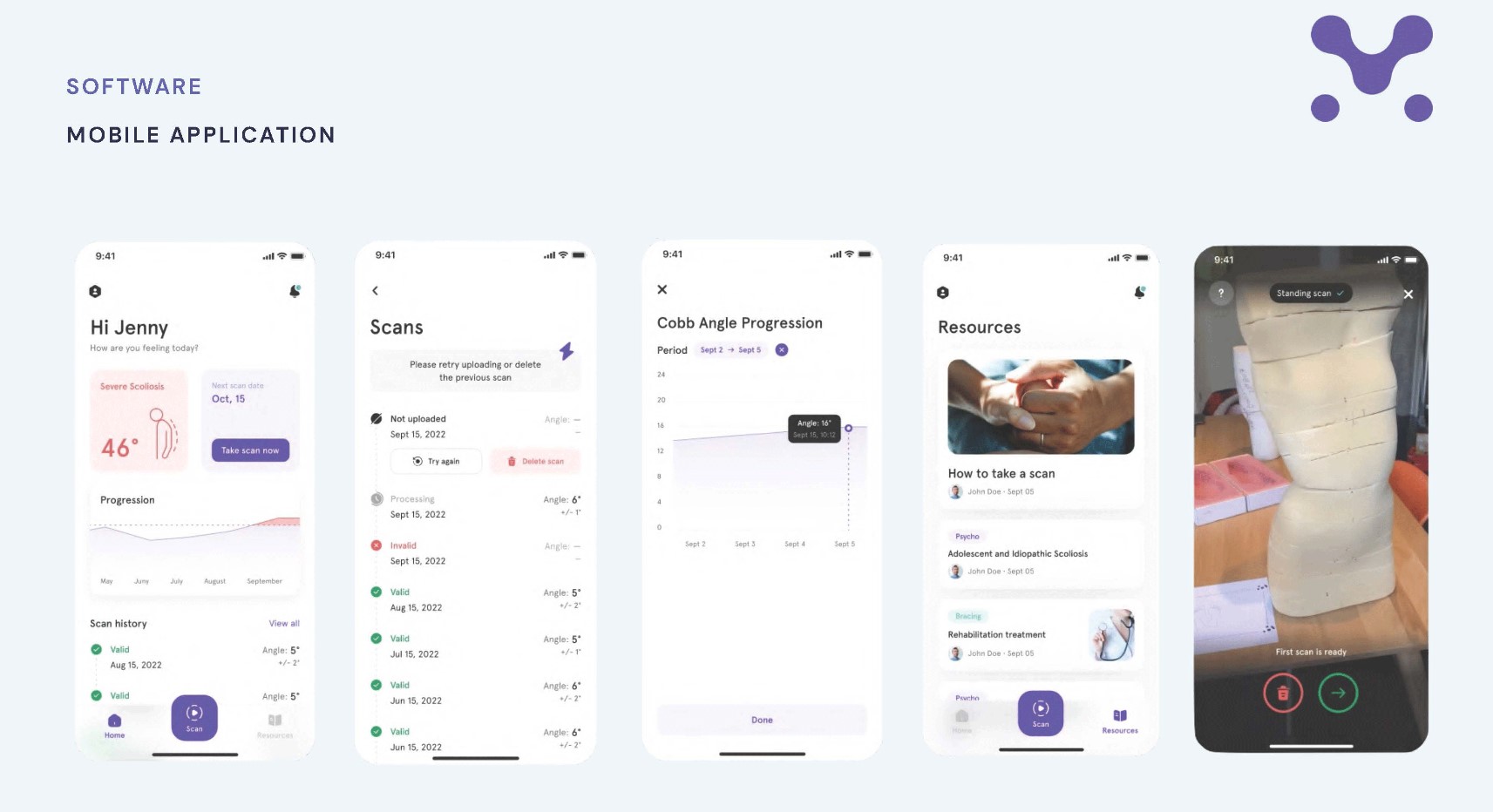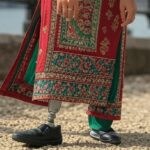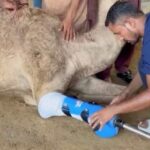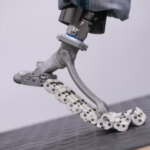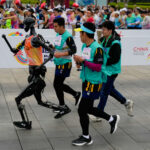Now Reading: The Future of Prosthetics- How Osseointegration Works and Where It’s Headed
-
01
The Future of Prosthetics- How Osseointegration Works and Where It’s Headed
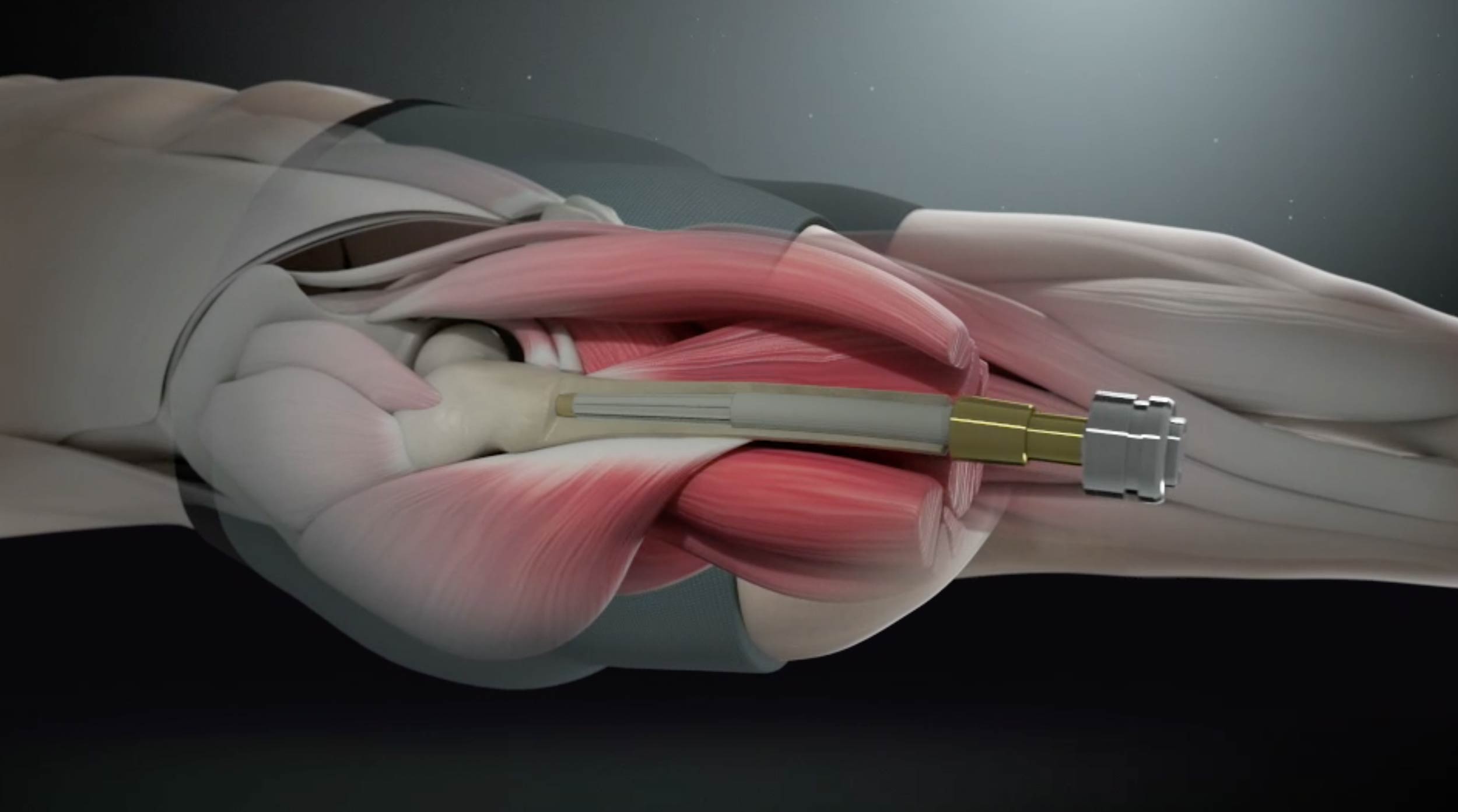
The Future of Prosthetics- How Osseointegration Works and Where It’s Headed
Scientists have developed an amazing new way to attach artificial legs that’s helping many amputees move more comfortably than ever before. Instead of using the old socket method that fits over the stump like a stiff plastic cup, doctors can now connect the prosthetic directly to the bone through a surgery called osseointegration. It works by implanting a special metal rod into the remaining thigh bone that actually fuses with the bone over time, just like how a dental implant bonds with your jawbone. This creates a super strong anchor point where the artificial leg can click right in.
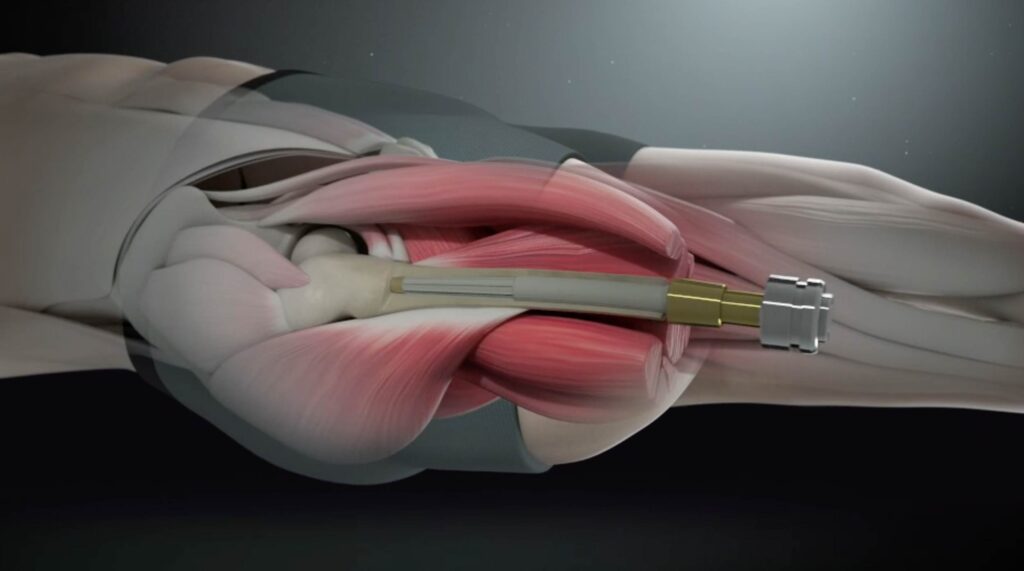
People who’ve gotten this procedure say it feels completely different from traditional prosthetics. There’s no more painful chafing from sockets that never quite fit right, no more worrying about the leg falling off at awkward moments, and many report feeling more connected to their artificial limb – some even say they can sense the ground beneath them better. Activities that were difficult before, like going up stairs or standing for long periods, become much easier. Some patients have even regained the ability to run or jump, things they thought they’d never do again after losing a limb.
But this breakthrough technology isn’t perfect yet. Army doctors studying patients with these implants noticed that while the bionic legs work great, they’re changing how people walk in unexpected ways. The body naturally starts relying more on the good leg, kind of like how you’d favor one side if you were always carrying a heavy backpack. Over time, this imbalance could potentially lead to new problems with hips or knees. The prosthetic legs also don’t absorb shock as well as natural legs when walking, which is something engineers are working to improve.
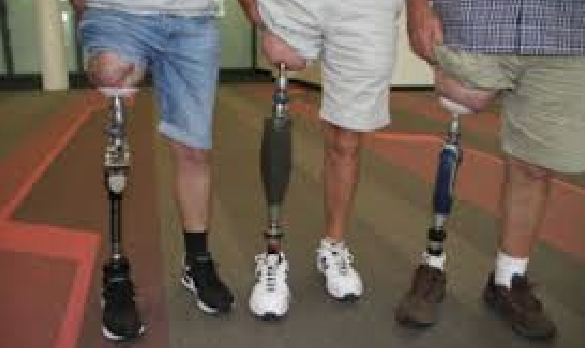
For veterans and other amputees who’ve lived with the limitations of traditional prosthetics, these new implants are still life-changing despite the current drawbacks. One former Marine described it as finally being able to walk without constant pain, even though he notices his good hip gets tired faster now. The medical community sees this as just the beginning – they’re already working on smarter prosthetics that can adjust automatically, better physical therapy programs to prevent muscle imbalances, and new materials that will make walking feel even more natural.
The Walter Reed study followed eight military amputees for two years after their osseointegration surgery. Researchers used motion capture technology and force-measuring walkways to analyze every step in detail. They discovered that while the implanted prosthetics required less energy to use (saving about 6 joules per step), they also caused patients to walk with more uneven force distribution. The natural leg ended up absorbing about 15% more impact with each step compared to when patients used traditional socket prosthetics.
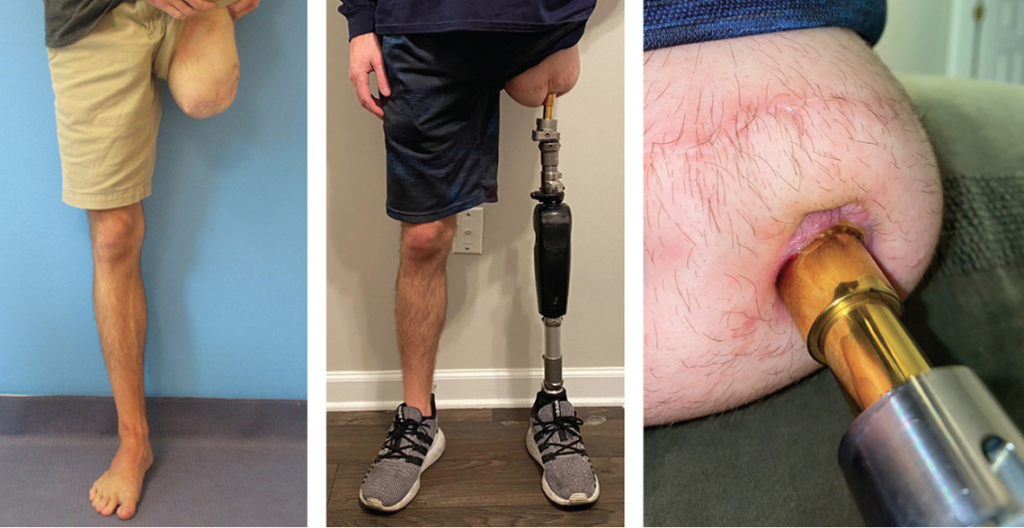
Interestingly, the study also revealed that the prosthetic legs themselves behaved differently than expected. During fast walking, the bionic legs actually did less “negative work” (absorbing shock) than socket prosthetics – about 0.10 joules per kilogram less. This helps explain why patients might feel more impact when walking with the implanted prosthetics. The research team emphasized these findings don’t mean the surgery is problematic, but rather highlight areas where future designs could be improved to create a more natural walking experience.
This technology isn’t just important for amputees today. The lessons learned from these advanced prosthetics are paving the way for even more sophisticated artificial limbs in the future. What starts as a solution for soldiers who lost limbs in combat could eventually help anyone who suffers an amputation from accidents or diseases. And the research happening now might one day lead to prosthetics that work so well they outperform natural limbs – the kind of futuristic technology we used to only see in science fiction movies. While there’s still room for improvement, this direct bone attachment method represents a huge leap forward in giving amputees back their mobility and independence.

